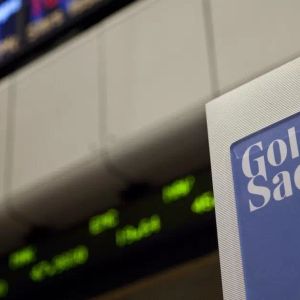Goldman Sachs Vice President Reveals When He Thinks the Fed Will Cut Interest Rates
2 min read
Former Dallas Fed President and Goldman Sachs Vice Chairman Robert Kaplan said the Fed is likely to cut interest rates in September. Kaplan stated that weak employment data and slowing demand supported this decision. Kaplan argued that while the current unemployment rate appears strong on the surface, the labor market is actually weaker. “Employment growth has ground to a halt,” he said. “The headline unemployment rate appears low due to a lack of labor supply,” he said. He argued that weak demand, excess capacity in the goods market, and disinflationary pressures brought on by artificial intelligence (AI) developments also present strong arguments for a rate cut. Related News: BREAKING: Coinbase Announces Listing Amid Rally – Adds to Roadmap However, Kaplan stated that a potential rate cut in September might not be the start of a rate-cutting cycle, and that the Fed would proceed step by step, making new decisions at each meeting. “Markets are pricing in the possibility of two or three rate cuts, but it’s not that clear,” he said. “A 25 basis point cut could occur in September, after which the Fed could reassess the situation.” Kaplan also noted that the impact of the tariff hikes has been lower than expected so far, noting that inflation in the US stems from the services sector, not goods prices. He added that the tariffs could have a one-time price impact over the next year and would not create lasting inflationary pressure. Kaplan stated that the FED has a total interest rate cut area of 75-100 basis points, adding that the current policy rate is in the range of 4.25-4.50%, and that this could be reduced to 3.25-3.50%. *This is not investment advice. Continue Reading: Goldman Sachs Vice President Reveals When He Thinks the Fed Will Cut Interest Rates

Source: BitcoinSistemi



